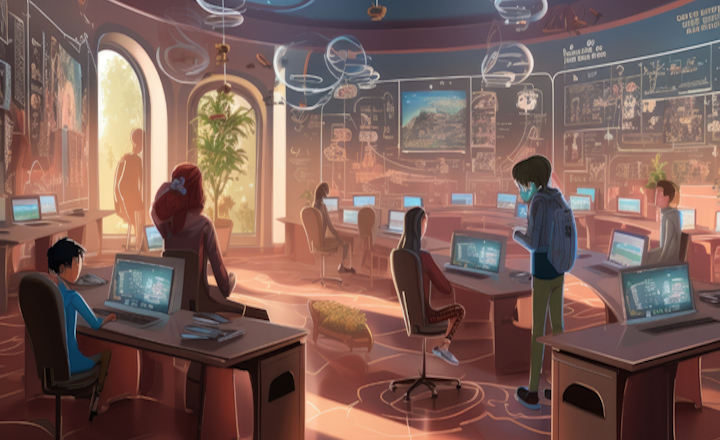
In the evolving landscape of education, the design and layout of classrooms have emerged as pivotal elements in fostering an environment that’s conducive to interactive learning. Traditional classroom settings, characterised by rows of desks facing a single direction, are gradually making way for more dynamic and flexible configurations. These innovative layouts not only accommodate the diverse needs of learners but also facilitate a variety of teaching methodologies. In this exploration, we delve into the essence of creating engaging learning spaces that encourage collaboration, creativity, and critical thinking.
The Shift Towards Flexibility and Interaction
The contemporary educational paradigm underscores the significance of adaptability and learner engagement. As educators strive to cater to varied learning styles and pedagogical strategies, the physical space in which learning occurs becomes a critical factor. The transition from passive reception of information to active participation and collaboration among students necessitates classroom environments that are versatile and responsive.
Key Components of Innovative Classroom Layouts
- Modular Furniture: The cornerstone of a flexible classroom is modular furniture that can be easily reconfigured. Desks and chairs on casters, for instance, allow for quick transitions from lecture-style setups to small group discussions or project-based learning clusters. This mobility supports a shift towards more student-centred learning experiences.
- Collaborative Spaces: Designating areas for group work and collaboration encourages students to engage with their peers and develop essential social skills. Soft seating options, such as bean bags or modular lounge pieces, can create informal spaces that stimulate discussion and teamwork.
- Technology Integration: The effective incorporation of technology into classroom design is crucial. Smartboards, digital displays, and charging stations for devices ensure that digital resources are readily accessible, enhancing interactive learning opportunities.
- Natural Elements and Lighting: Incorporating natural light and elements can significantly impact student mood and motivation. Classrooms that utilise large windows, indoor plants, and nature-inspired designs promote a more welcoming and stimulating learning environment.
- Personalised Learning Zones: Providing spaces that cater to individual learning preferences can help students to work independently or take breaks as needed. Quiet corners or nooks equipped with comfortable seating allow for personal reflection or focused study.
Implementing Innovative Layouts
Embracing these innovative classroom layouts requires thoughtful planning and investment in resources that align with the goals of interactive learning. Educators and administrators looking to transform their spaces can find a wealth of options to order education furniture online, offering a convenient solution to source adaptable and functional pieces that meet the needs of modern learners.
The journey towards creating an interactive learning environment is an ongoing process of experimentation and adaptation. By prioritising flexibility, collaboration, and student engagement, educators can design classroom spaces that not only support the curriculum but also inspire and motivate learners.
Final Thoughts
In conclusion, the transition to innovative classroom layouts represents a shift in educational paradigms towards more inclusive and dynamic learning environments. By carefully selecting furniture and design elements that foster interaction and adaptability, educators can create spaces that prepare students for the collaborative and multifaceted world beyond the classroom. The journey towards educational innovation is an exciting opportunity to reimagine the possibilities of learning space design.
| < Prev | Next > |
|---|





